Why Life Drawing is Important for a Figurative Fine Artist
Life Drawing, also known as Figure Drawing, is the practice of drawing in order to study the human figure in detail. Some academic environments offer this approach through the drawing from sculptures or casts of the figure. After that practice, the students have to represent a live model, which will either be dressed, semi-clothed or nude.
Life drawing is widely recognized as the foundation for fine art education. Since the human body represents the most complex of creations, drawing is considered as one of the most difficult artistic challenges that an artist must face. Knowing how to draw the human body is not a skill that is easily learnt. Many artists perceive figure drawing as an endless effort with limitless possibility for improvement, learning, and diversity. It is something that requires continuous study, a trained eye and a precise hand.
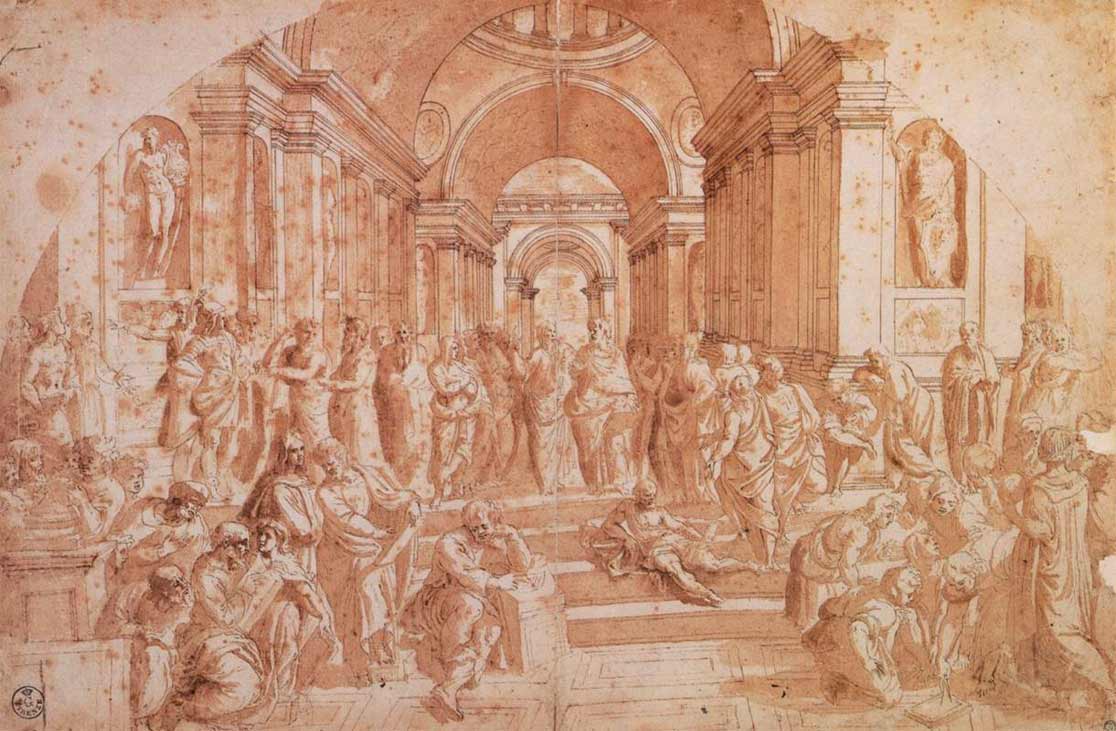
Observing and interpreting the form of the human body instructs an artist to perceive almost every form of curve, line, and subtle undulation found in nature, and in every other object. Furthermore, while rendering the figure, an artist can perceive how the entire body reacts and alters itself when certain characteristics are present. This process includes posture variations and gestures which can help the artists induce an emotion in their own drawings. This translates directly to producing artwork which is not necessarily focused on the human figure.
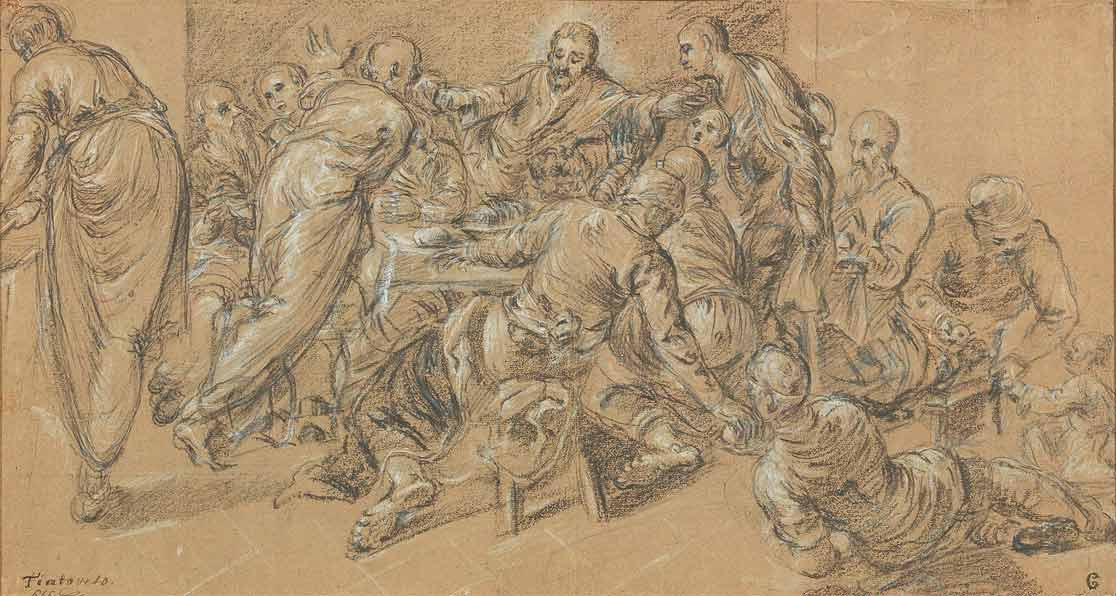
Drawing figures in motion is often avoided by most art students as well as professional artists. A figure is in motion when depicted in the middle of an action, for example while moving from a place to another. A character may be represented while running with their hands raised in panic, pulling their hair, or pushing another individual in a very chaotic scene. All these examples describe how drawing a body in movement presents much more technical challenges than a static body standing on the spot does. To be accurate, the artist needs to skillfully render correct weighting and muscle action. He also needs to define the direction and the connection of the limbs to each other. Another aspect to take into consideration is that of foreshortening: it is the dimensional distortion of a limb that is closer to the viewer. For example, when one hand is stretched towards the viewer it will have to appear larger than the other placed next to the body, which is further back. The accurate depiction of a figure in motion is an extremely technical skill, which was persistently practiced by several of the greatest Old Masters, including Michelangelo, Tintoretto and Leonardo da Vinci.
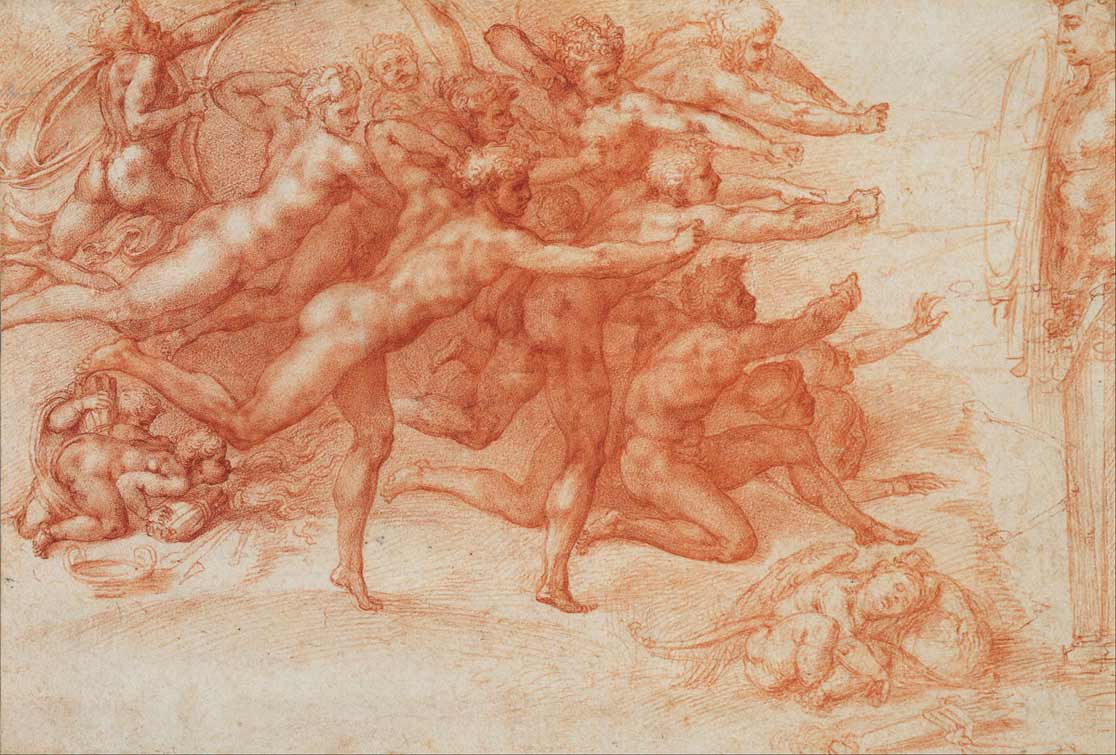
These three artists were the main ones to practice on drawings, thus, dignifying the use of sketches. Before then, drawings had been viewed as merely preparatory design work rather than an independent form of fine art. Previously, drawing had been used also to basically record and replicate finished artworks such as paintings and sculptures. The fact that paper became more widespread around sixteenth century allowed drawings to be easily produced and collected. Leopold de Medici and Giorgio Vasari both owned a great collection of sketches; it is supposed that Medici had amassed around 12,000 drawings by 1689. The Renaissance period indisputably represented the apogee of drawing as an art form. The principles of sketching were absorbed by workshop apprentices working for painters, sculptors and goldsmiths. They could easily replicate the original sketches with drypoint and metalpoint on wax tablets, before proceeding to more expensive media, such as chalk or charcoal.
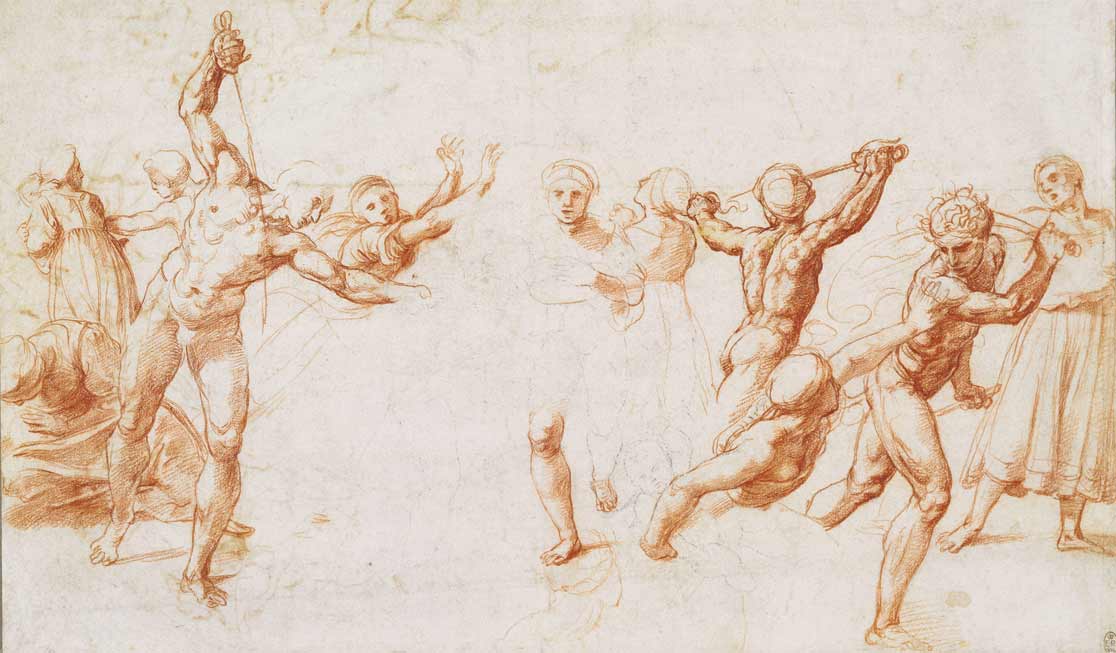
Historical accounts offer an interesting insight about the large unavailability of nude models for aspiring female artists. Women were not allowed to study from nude models as it was considered indecorous and perhaps even dangerous for their own safety. Thus, women were restricted to just casts and models in order to learn body anatomy, while men could access both male and female nudes. In 1893 the Royal Academy in London allowed access to life drawing for female students, but the models were required to be partially draped. These limitations obstructed the careers and improvement of female artists. The extensive knowledge of anatomy, essential in order to produce high quality paintings, was denied to women. For this reason, the female artists resorted to other genres of painting, such as still life, landscape, and portraiture.
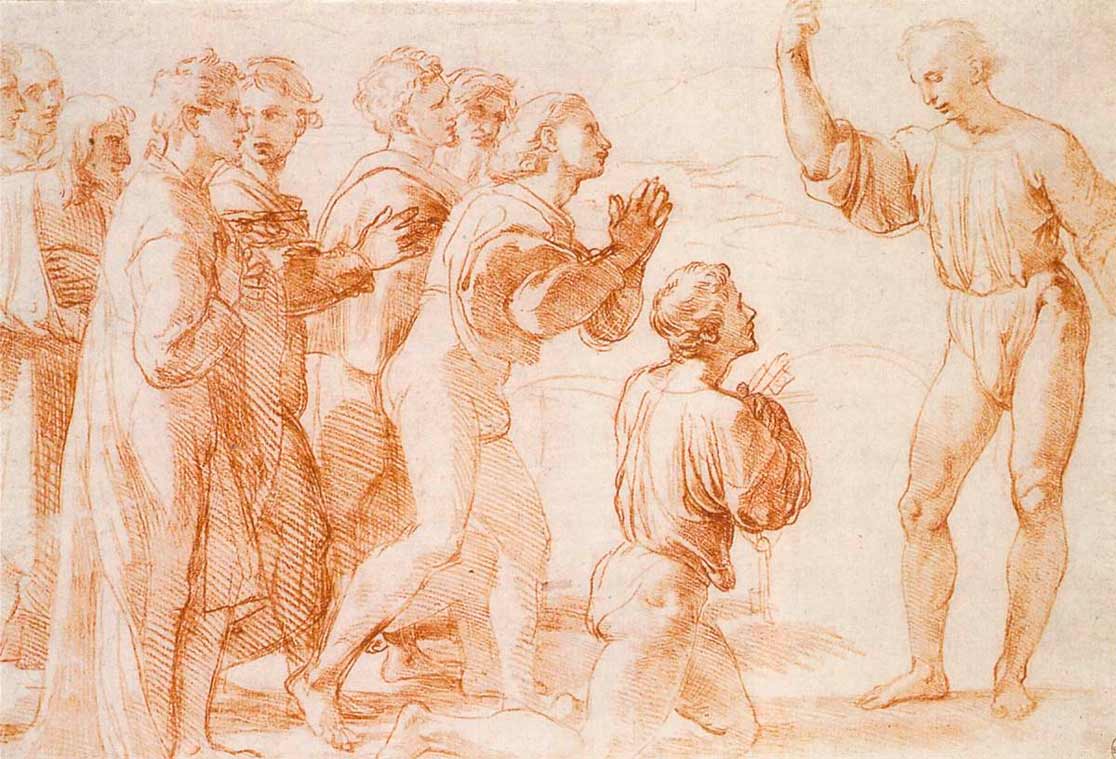
This is your unique chance to get a lifetime academy membership and a dedicated team of art teachers.
Such unlimited personal tutoring is not available anywhere else.




